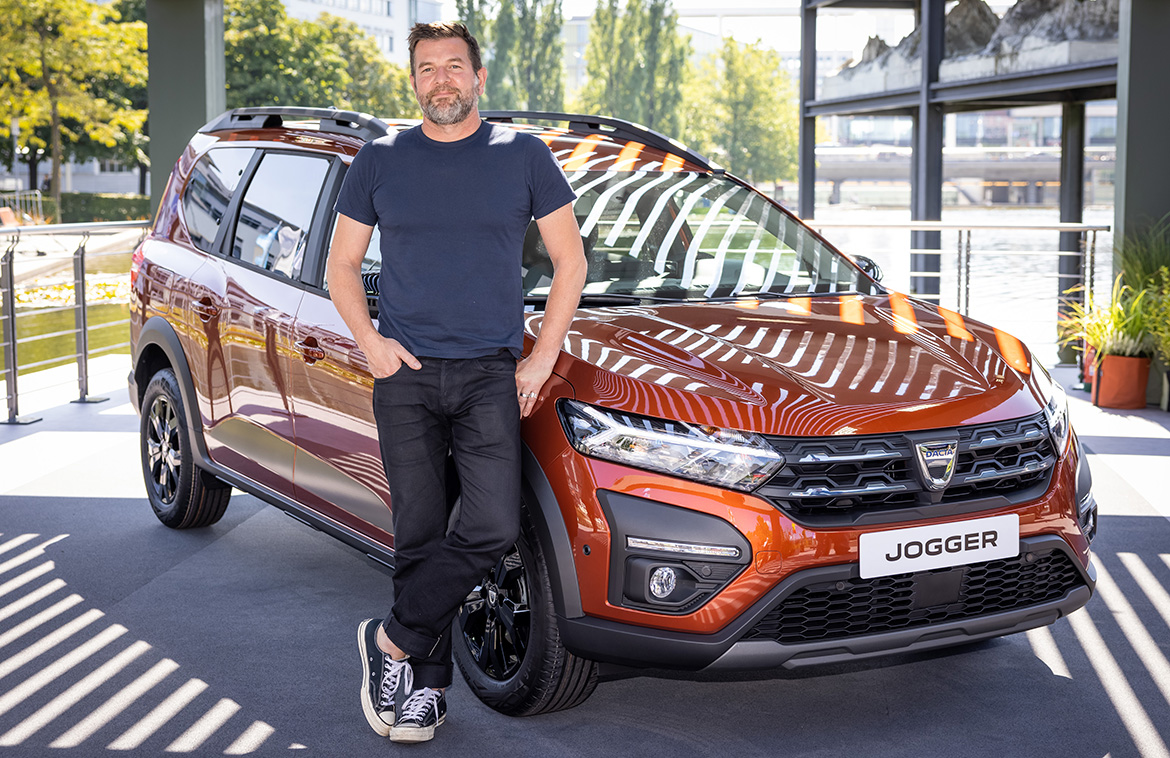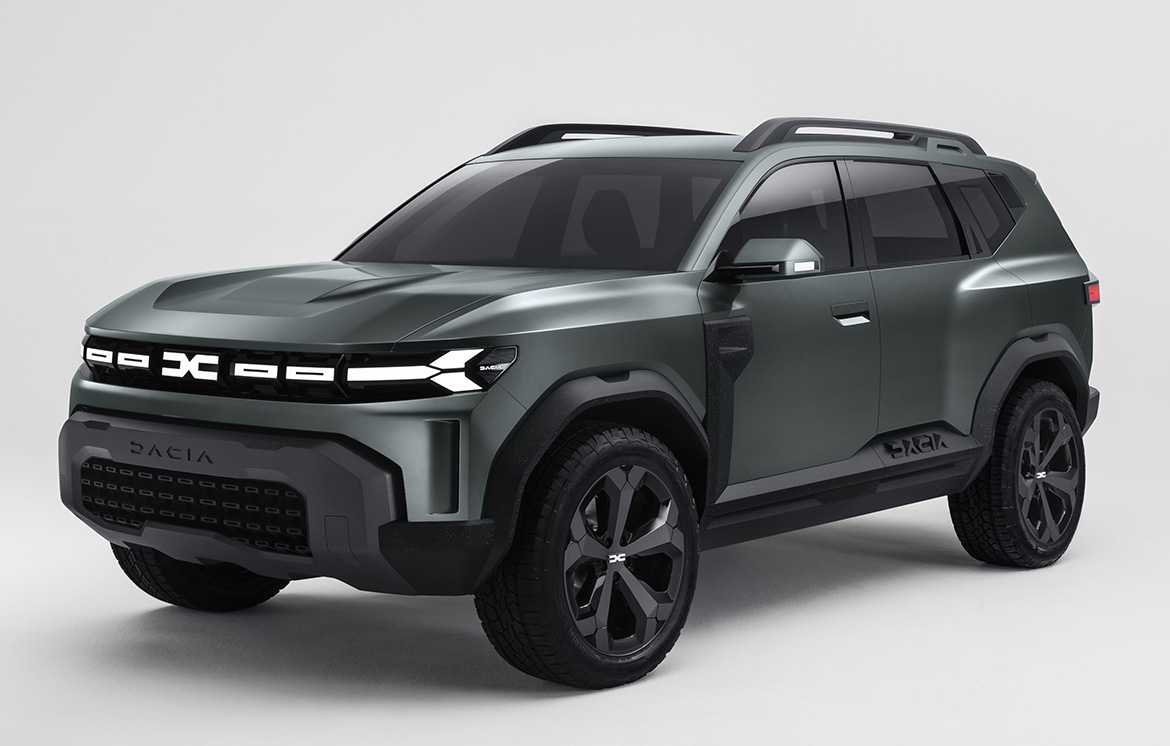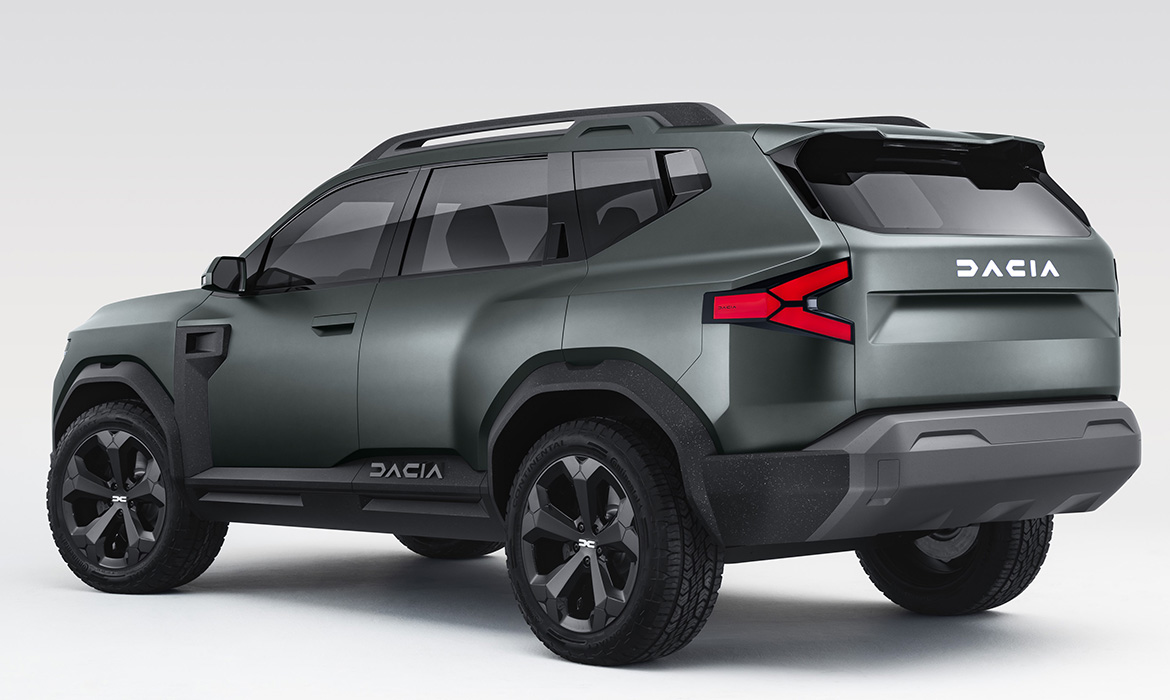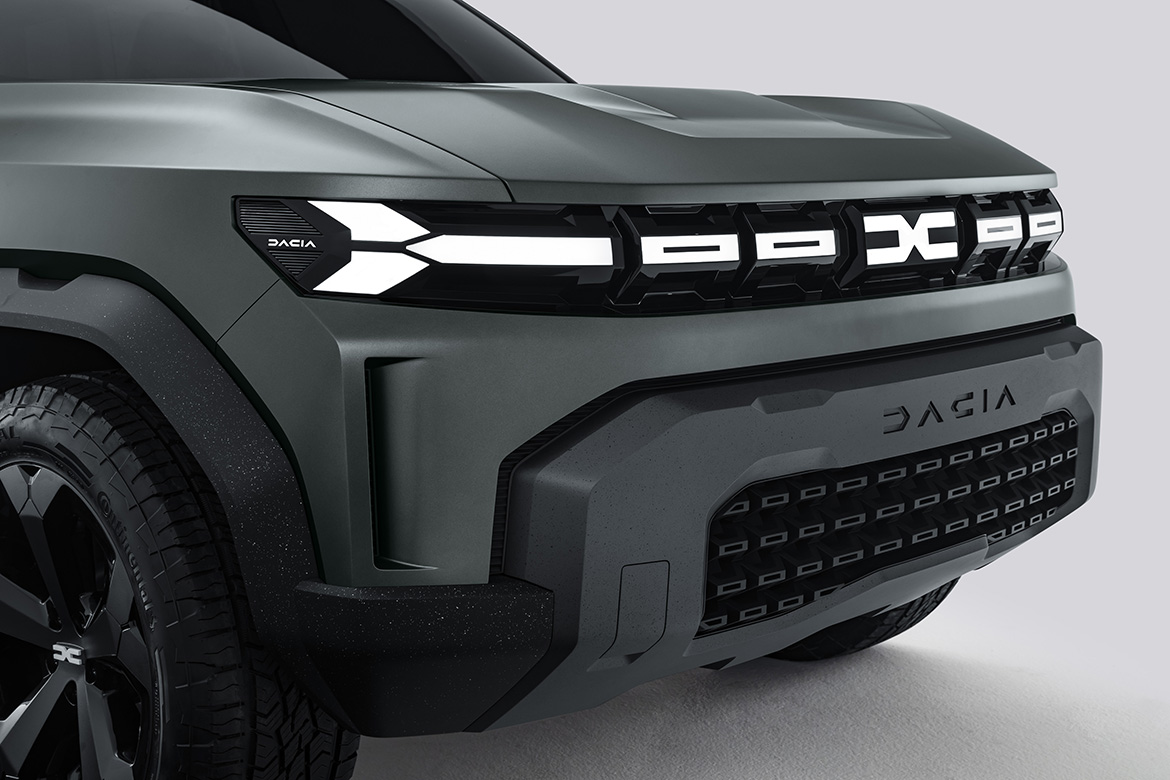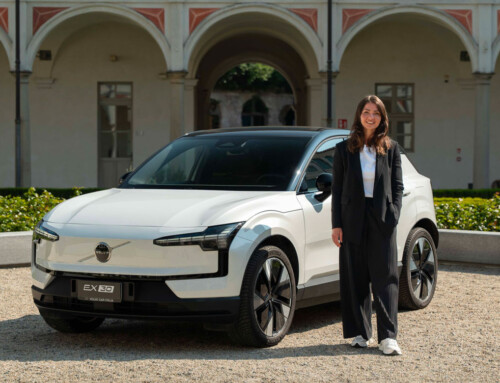In an automotive climate often prone to formal excesses, one immediately senses the difference in approach and language of David Durand, who since last 11 May has been head of style in Dacia, a company with a truly peculiar evolution, reborn under the auspices of Renault in 2005 and increasingly in tune with the times. The story of his work starts from a specific principle: essentiality. Facing the successful Bigster prototype, at its second release before its presentation to the public at the Paris Motor Show, he discusses the pillars that will be the foundations of all future creations: «When we design, we are constantly asking ourselves whether each individual detail is functional to the whole, both on an aesthetic and practical level», explains the designer, hinting that we don’t always question ourselves as much for objects that are imbibed with meaning.
«However, it is also necessary to pursue a certain “coolness”, a pleasantness capable of catching the eye: this is a fundamental aspect and it’s linked to visual cleanliness», he continues, in a train of thought that sees the highly sought-after “wow effect” deriving precisely from simplicity. Provided, of course, that the economy of signs and volumes does not become opaqueness: «After creating the initial sketches, we often try to eliminate certain lines. If we realise that the result loses expressiveness, we restore them immediately».
Alongside what could be described as “essentiality with charm”, the cornerstones of Dacia’s design are also its outdoor lifestyle inclination (with its début in 2011 with the Duster) and the ecology & economy derived from optimised equipment and weights. But, as Durand reveals at the end of his speech: «The brand’s real mission is to make good design affordable for everyone». And with Bigster, the universal intent seems to have been definitely achieved.

